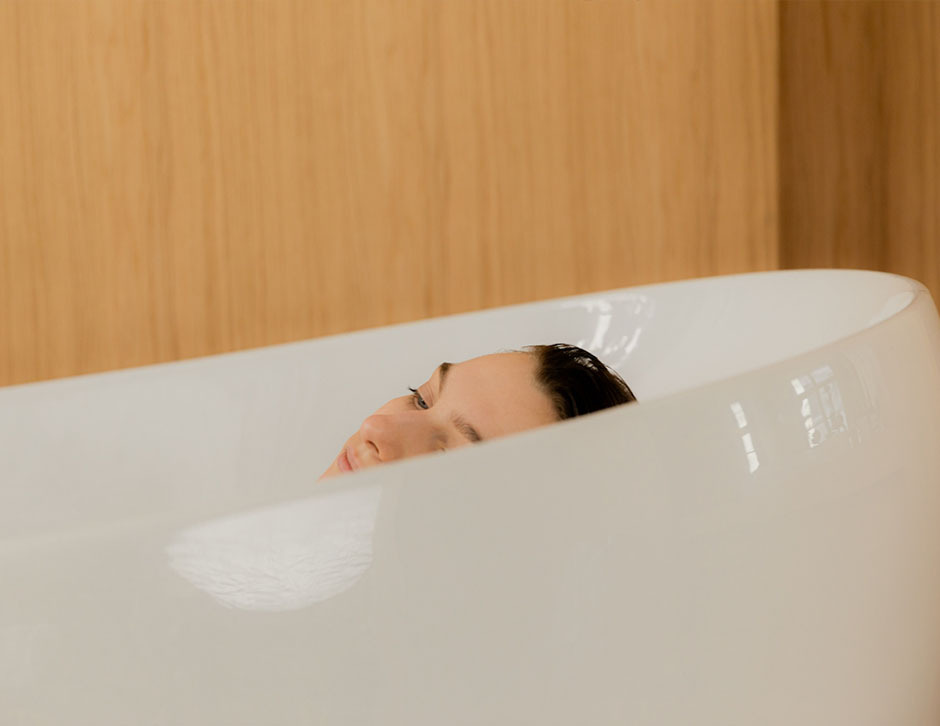
From the Desk of Dr. Z: AgelessRx Co-founder and former Chief Medical Officer, Dr. Sajad Zalzala, brings his expertise to share tips on optimizing Low Dose Naltrexone (LDN) therapy for maximum benefit. Dr. Z has a deep passion for longevity and disease prevention, and today, he focuses on the long-term potential of LDN. If you’re not seeing immediate results, don’t worry—there are ways to adjust your approach for better outcomes.
Here’s what we’ll cover in this blog post:
- Why you might not be seeing immediate benefits
- How to adjust your Low Dose Naltrexone dose
- Complementary therapies to enhance results
- Managing expectations with Low Dose Naltrexone
For many, Low Dose Naltrexone (LDN) offers a promising therapy for managing chronic conditions, reducing inflammation, and supporting overall health. However, it’s important to understand that LDN is not typically a “quick fix.”
While some may experience benefits within weeks, others may need more time—and that’s okay! LDN works by influencing the immune system and reducing inflammation, which can take some time to show noticeable results.
When starting LDN, the body often needs time to adjust, and it’s not uncommon to feel little to no change in the first few weeks. It’s essential to be patient, as LDN’s true benefits, such as reduced fatigue or improved immune function, may take a few months to become apparent.
When to Adjust Your LDN Dose
Low Dose Naltrexone therapy typically starts at a low dose (around 1.5-4.5mg) to minimize side effects. If you’re not seeing the expected benefits, you may want to consider adjusting your dose.
Here are some key indicators that it may be time to adjust your dose:
- If side effects such as nausea or digestive discomfort are minimal, but you’re not experiencing symptom relief
- If the dosage feels too high or too low, leading to fluctuating effects on your mood or energy
- If you feel like you’ve plateaued in symptom improvement after a few months
Tips for Adjusting Your Dose:
- Take It Slow:
If you’re not feeling the effects right away, consider staying at a lower dose for longer to allow your body more time to adjust. - Increase Gradually:
If your body is tolerating the current dose, ask your healthcare provider about increasing it gradually. Small increments, like 0.5mg at a time, can help your body adjust more comfortably.
Complementary Therapies to Enhance LDN’s Effectiveness
LDN works best when combined with lifestyle changes, a healthy diet, and complementary therapies. Consider integrating these strategies to boost your therapy’s effectiveness:
- Diet: Eating anti-inflammatory foods can help complement the effects of LDN. Incorporating omega-3 fatty acids, fruits, vegetables, and whole grains can support immune function.
- Supplements: Certain supplements may enhance the effects of LDN, such as Vitamin D or magnesium, particularly for individuals with autoimmune conditions.
- Exercise: Regular physical activity can help manage inflammation and improve mood, further boosting LDN’s benefits.
Source: “Exercise and Inflammation,” National Institutes of Health
Managing Expectations with LDN
It’s crucial to approach LDN therapy with realistic expectations. While LDN has shown effectiveness for many patients, the results vary depending on the individual and the condition being treated.
Patience is key, as some benefits take time to emerge. Regular check-ins with your healthcare provider will help ensure you are on the right track.
When to Expect Results:
- Short-Term: Some individuals may notice mild improvements within the first 4-6 weeks, such as reduced pain or improved sleep quality.
- Long-Term: For chronic conditions like fibromyalgia or autoimmune disorders, it can take 3-6 months before seeing significant results.
If you feel that LDN isn’t working as expected, always consult your healthcare provider. They can assess your dosage, review your treatment plan, and suggest complementary treatments.
Your Journey to Optimizing LDN
Finding the right dosage and approach for your Low Dose Naltrexone therapy is a personal journey. It requires adjusting expectations, making lifestyle changes, and being patient. By understanding the long-term potential of LDN, adjusting your dose gradually, and incorporating complementary therapies, you can maximize the benefits of this treatment
For more information on Low Dose Naltrexone and other longevity-focused treatments, explore our LDN guides and resources at AgelessRx.
Note: The above statements have not been evaluated by the Food and Drug Administration. This product is not intended to diagnose, treat, cure, or prevent any disease.
